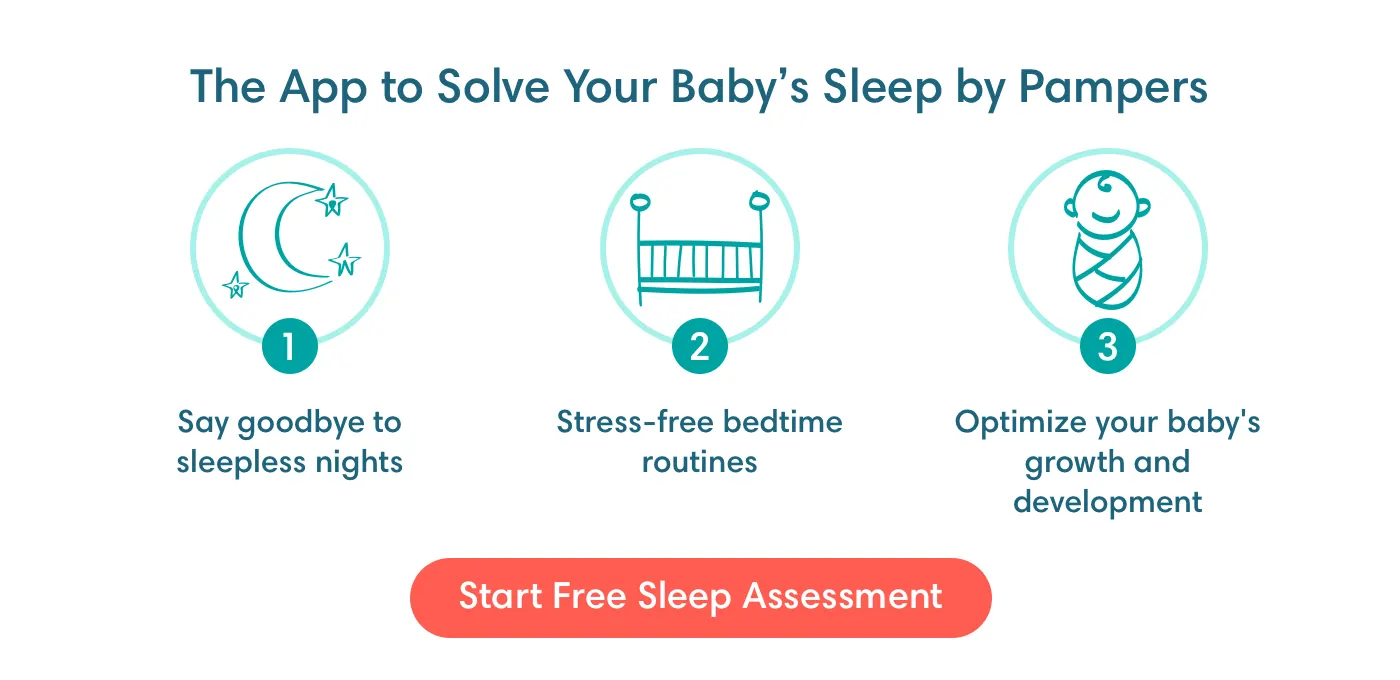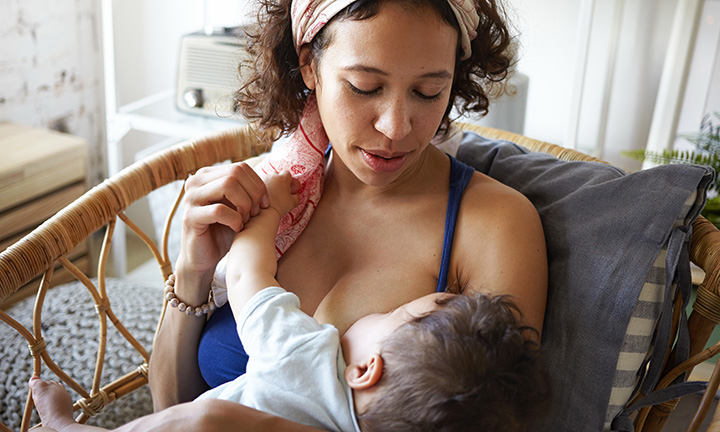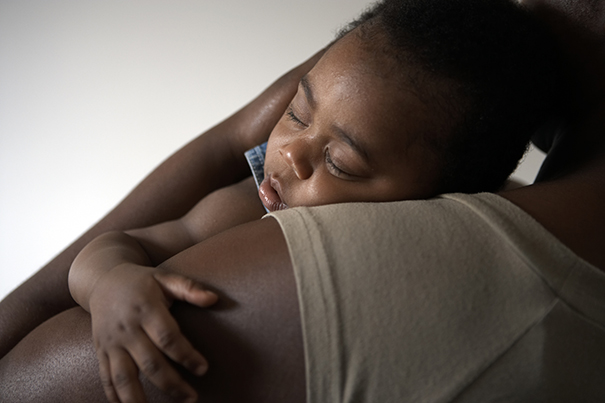
Baby Sleep Temperature Guidelines
Good sleeping habits are crucial for your baby’s healthy development and safety, and keeping your baby’s nursery or bedroom at an optimal temperature is an important part of this.
Learn what a safe room temperature is for your sleeping baby, how to dress your baby for sleep and how to tell if your baby is too hot or too cold.
The Ideal Temperature for Your Baby’s Room
When it comes to the ideal temperature for your baby’s room, experts recommend maintaining a temperature of between 16 and 20 degrees Celsius both in summer and in winter.
This is because temperature significantly affects the quality of your baby’s sleep. As a general rule of thumb, keep your baby’s room at a temperature that you find comfortable yourself.
Make sure there’s a thermometer in the room where your baby sleeps, so you can be aware of the ambient temperature. This way, you’ll know when it might be necessary to either adjust the heating or make changes to how your little one is dressed for sleep.
If you’re planning to buy a baby monitor, it’s worth knowing that some of the more advanced types can also measure the room temperature and display it on the parent unit in real time.
Why Room Temperature Is Important for Your Sleeping Baby
When the room temperature is too high or too low, your baby may not sleep as long or as well as he or she could.
Having the room too hot or too cold for your baby to sleep can also affect your child’s growth and development: It’s harder for babies to regulate their body temperature than it is for older children and adults, so your newborn uses a lot of energy to warm or cool his or her own body – energy that’s needed for healthy growth.
Maintaining a safe room temperature for your sleeping baby also helps prevent overheating. This, in turn, can help reduce the risk of sudden infant death syndrome (SIDS).
Dressing Your Baby for Sleep
It’s not always possible to control the room temperature for your baby precisely, especially during spells of hot weather. In this case, just add or remove items of your baby’s clothing depending on how warm or cool it is.
It’s not always possible to control the room temperature for your baby precisely, especially during spells of hot weather. In this case, just add or remove items of your baby’s clothing depending on how warm or cool it is. Ensure that all clothing is fitted correctly for optimal safety.
Baby Sleeping Temperature Guide
It’s important to check your baby to make sure he or she isn’t too hot or cold, but this rough baby sleeping temperature guide can give you an idea of how you might dress your little for sleep:
How to Tell if Your Baby Is Too Hot or Cold
If you’re not sure whether your baby is too hot or cold to sleep safely and comfortably, gently place a hand on the back of his or her neck (or tummy). If it feels pleasantly warm to the touch, your infant is fine.
Keep in mind that cooler arms, hands or feet are not necessarily a sign that your baby is too cold. This is just how your child controls his or her own body temperature, so you probably don’t need to add an extra layer or clothes in this case.
In general, being just a little on the cooler side is less of a safety risk for your baby than being too hot, as overheating is known to increase the risk of sudden infant death syndrome (SIDS).
Signs your baby may be too hot:
Signs your baby may be too cold:
Keeping Your Baby Safe and Comfortable During Sleep
Besides maintaining a comfortable room temperature for your baby to sleep, here are some other important ways to help ensure your baby is safe and as she ensure your baby is safe and comfortable as they sleep:
FAQS AT A GLANCE
As a rule of thumb, your baby’s room should be at a temperature that you find comfortable yourself. The ideal range is
between 16 and 20 degrees Celsius.
The Bottom Line
Good sleep is important for your baby’s well-being, and if your baby’s room is kept at a cool and comfortable temperature, he or she is more likely to sleep safely and comfortably.
And it’s not only your baby that benefits from a good night’s sleep – more uninterrupted sleep for your little one can also mean more shuteye for you. In the first few weeks and months after your baby is born, even a little extra downtime can mean a lot!
The information in this article is based on the expert advice found in trusted medical and government sources, such as the National Health Service (NHS). You can find a full list of sources used for this article below. The content on this page should not replace professional medical advice. Always consult medical professionals for full diagnosis and treatment.












